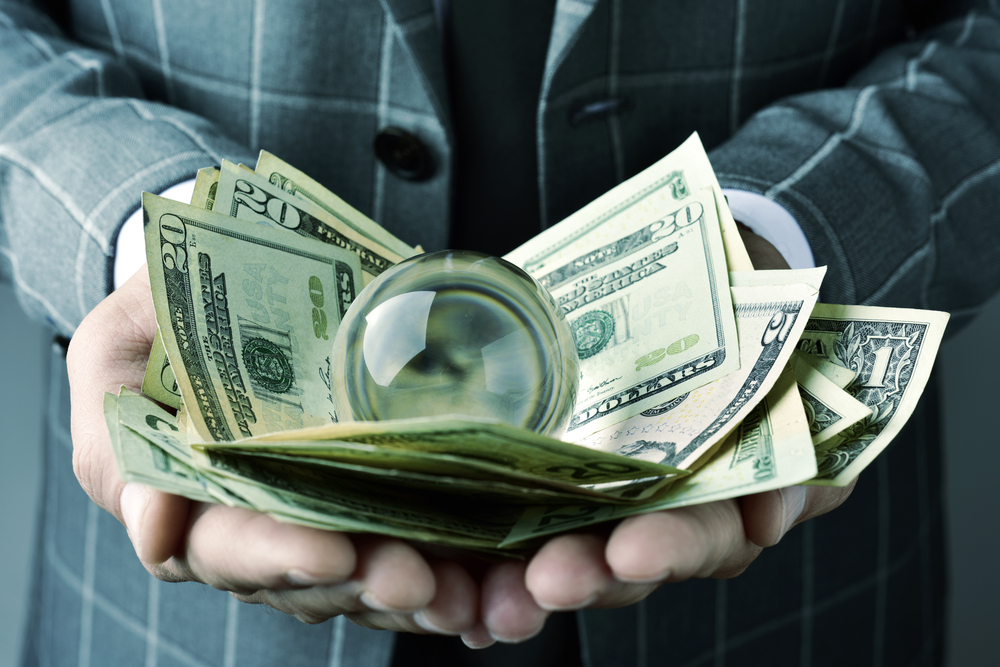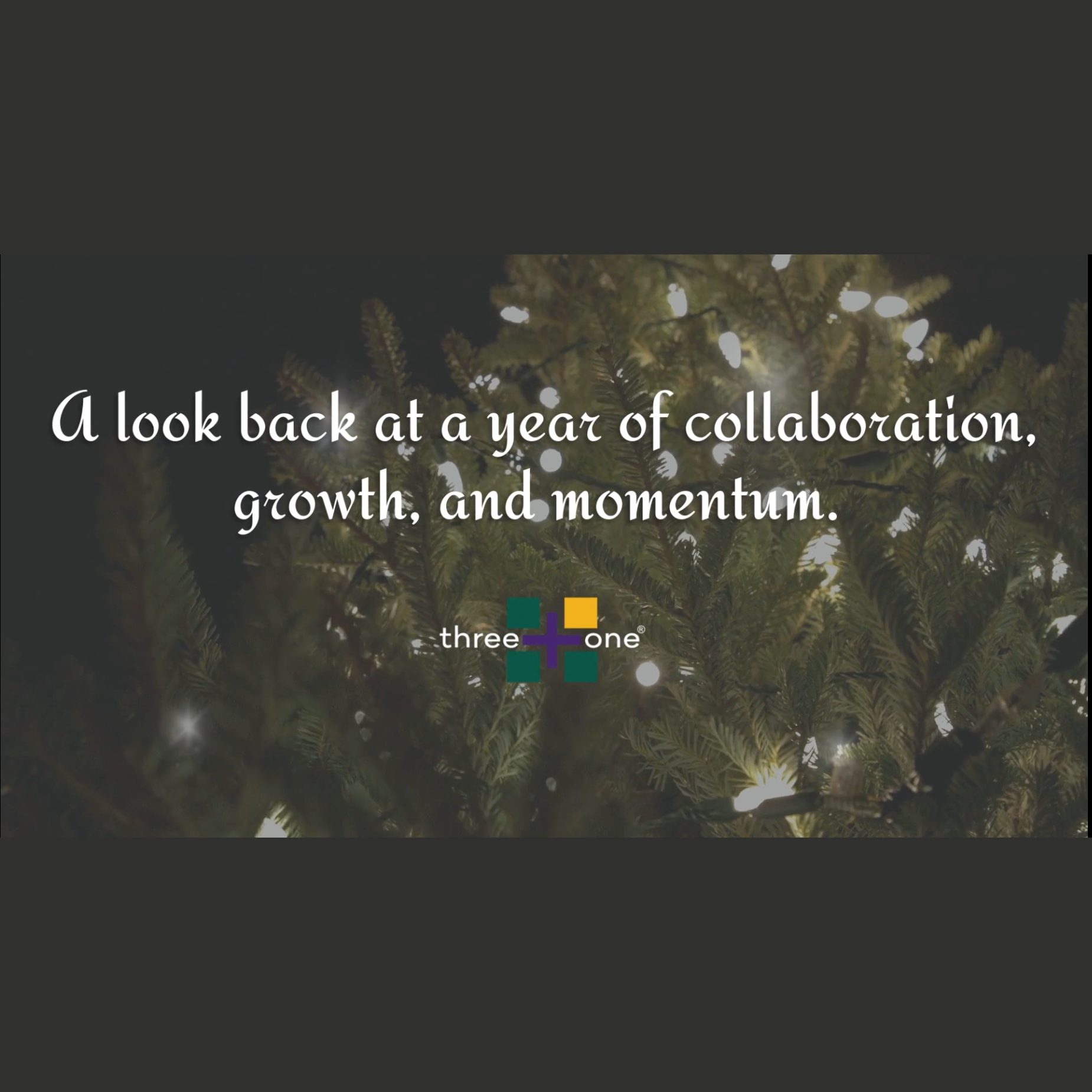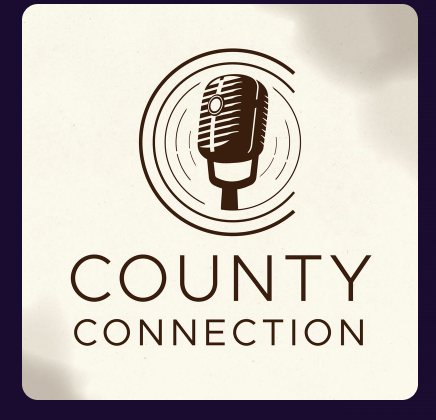Since December 2021, I’ve been predicting short-term rates would be going up and hitting the 6.0%+ range. That is still going to be the case.
Why do I believe that?
My key indicators are as follows:
 Energy prices are back on the rise and affecting the cost of transportation, chemicals, farm fertilizers, delivery services, etc. All elements of our life will have ongoing price pressures as a result.
Energy prices are back on the rise and affecting the cost of transportation, chemicals, farm fertilizers, delivery services, etc. All elements of our life will have ongoing price pressures as a result.- Wages continue to rise, as witnessed in bargaining terms negotiated by the unions, coupled with the solicitation of new talent for companies.
- Higher-end retail sales continue to signal consumers’ strong buying power.
- The U.S. economy continues to grow. As stated at the end of 2022, we haven’t yet seen—and will not see—a recession this year.
- As for next year, there are signals that recessionary signs are looming for the second half of 2024, but that will not be enough for the Federal Reserve to ease short-term rates, despite the threat of stagflation, an economic environment like the 1970s, with negative growth, and coupled with higher interest rates.
- Despite Federal Reserve stats, healthcare costs will continue to rise at near double-digit levels, which will put additional pressures on inflation levels.
- Initiatives addressing climate change will be expensive and require significant investments, leading to more spending and higher costs.
- The impact of student-loan repayments on the economy will need to be watched carefully as we roll into 2024.
Beneath the surface, inflation stands above 3.0% and will edge back up, given the factors listed above.
So, what are your plans to protect your budget against inflation in a rising-rate environment?


